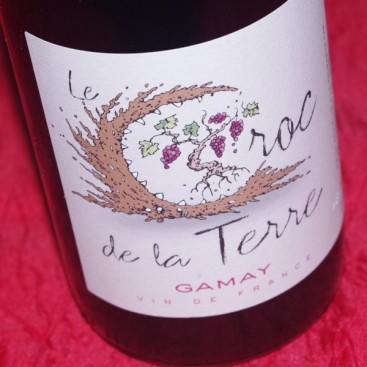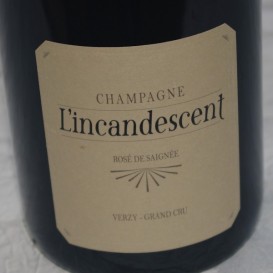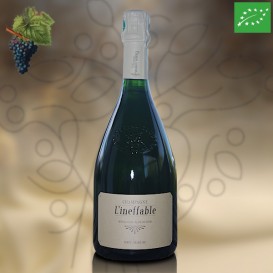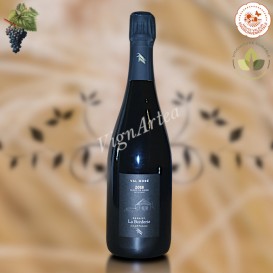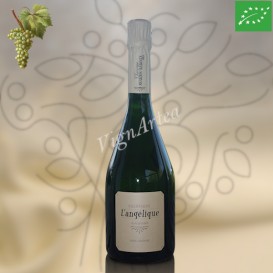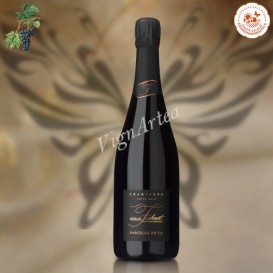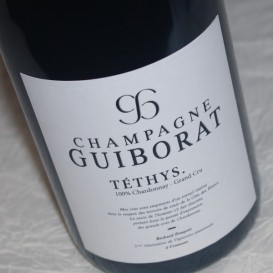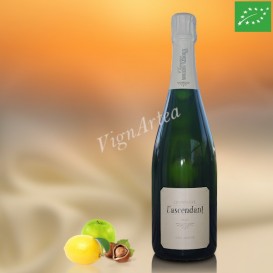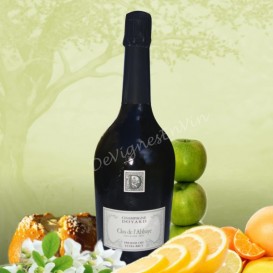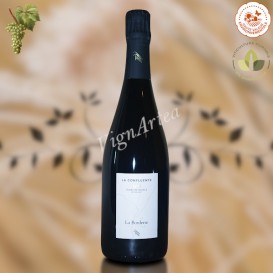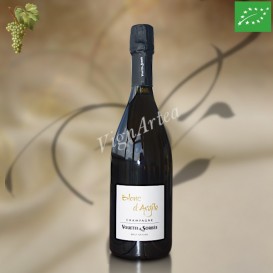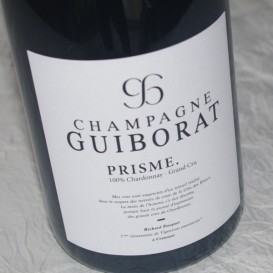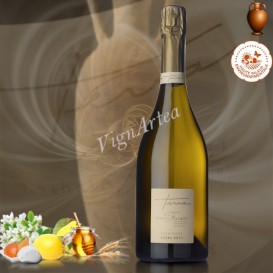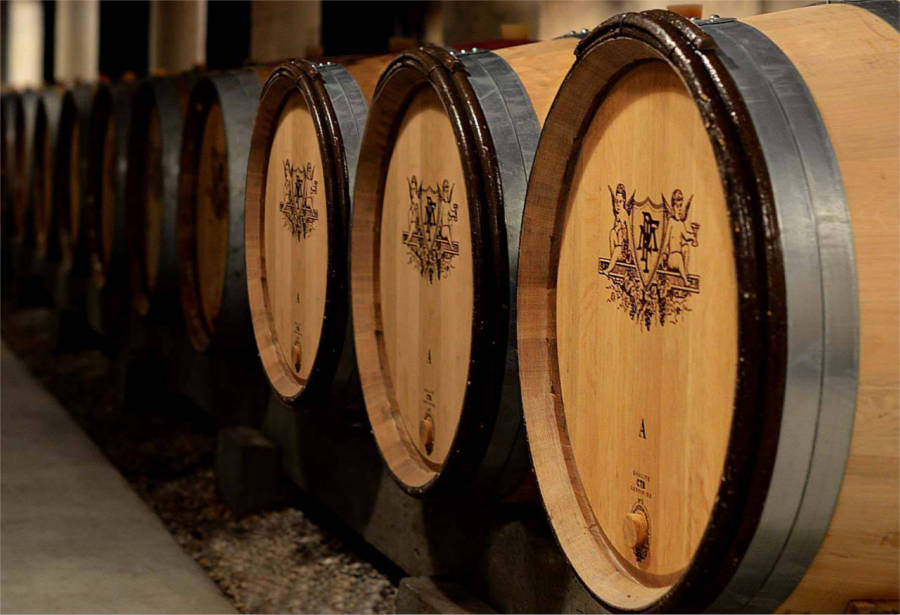LE CROC DE LA TERRE 2023 (Domaine de Rome / Famille BAUDRY)
LOIRE - VIN DE FRANCE - RED WINE
Grape variety: Gamay (100%)
AB Native yeasts
Ageing in demi-muid + vats for 12 months
Freh - Fruity - Juicy
- Nose: very fresh and juicy. Notes of fresh redcurrants with a hint of blackcurrant buds.
- Palate: light, supple and thirst-quenching.
- Tasting date: June 2025
- OUR OPINION: a small, simple Gamay with great freshness and a delicate, thirst-quenching fruitiness! Ideal for summer meals (charcuterie, white meat and some fish). For lovers of light wines ❤️❤️
TERROIR
The soils of the Sancerre vineyards have been shaped by erosion from the different geological facies exposed by numerous faults, including the two famous north-south faults known as the Sancerre and Thauvenay faults, which cross the vineyards from one side to the other.
These bring the Upper Jurassic (-154 to -140 Ma) layers to the west into contact with the Cretaceous (-96 to -65 Ma) and Eocene (-64 to -34 Ma) formations to the east.
The LE CROC DE LA TERRE cuvée is a blend of plots located in the village of Saint-Gemme-en-Sancerrois.
One part of the plots are located on soils known as "terres blanches", consisting of an 80-meter-thick layer of Upper Kimmeridgian marl with varying degrees of clay, alternating with banks of soft or shell limestone.
These compact soils, with a high clay content and generally located at higher altitude, are considered cold. They are conducive to slow, gradual ripening of the grapes.
The other part of the plots is located on soils known as “Les Chailloux” or “Silex”, made up of recent alluvium and colluvium dating from the Cretaceous or Eocene periods. Rich in silica, they are generally warm and the grapes always ripen easily.
WINEGROWING & WINEMAKING
The grapes are cultivated according to the Organic Farming principles, for which Ecocert certification was officially obtained in 2023.
The vines selected for the LE CROC DE LA TERRE cuvée are 40 years old and their yield is about 55 hl/ha.
The grapes are transported to the winery and gently destemmed to preserve the berries intact. After a cold pre-fermentation phase, the grapes macerate for 15 days in temperature-controlled vats; during this fermentation phase, the indigenous yeasts and bacteria carry out the alcoholic and malolactic fermentations and the must is regularly pumped over, an operation that involves removing the juice from the bottom of the vat and pouring it onto the cap of marc floating on the surface.
Once maceration is complete, the must is racked into 10-year-old 500-litre demi-muids, where it matures for 6 months, before being racked back into the vat to extend its ageing period by a further 6 months.
At the end of the ageing phase, the must is bottled without filtration.
| Country | Loire Valley |
| Color | Red |
| Orange wines | No |
| Clay amphorae wines | No |
| Type | Dry |
| Vintage | 2023 |
| Capacity | 75 cl |
| Single Grape Variety | Gamay |
| Alcohol rate | 12,5 % |
| Quality Designation | Vin de France |
| Cellar Potential | 5 years |
| Service advise | 10-12°C. |
| Culture Methods | Certified Organic Agriculture |
| Fining | No |
| Filtering | No |
| Comments | Winemaking in stainless steel tanks. Maceration for 15 days. Ageing for 12 months in stainless steel tanks (6 months) and demi-muids (6 months) |
| Stopper | Agglomerated cork |
| CRD Cap | No |


